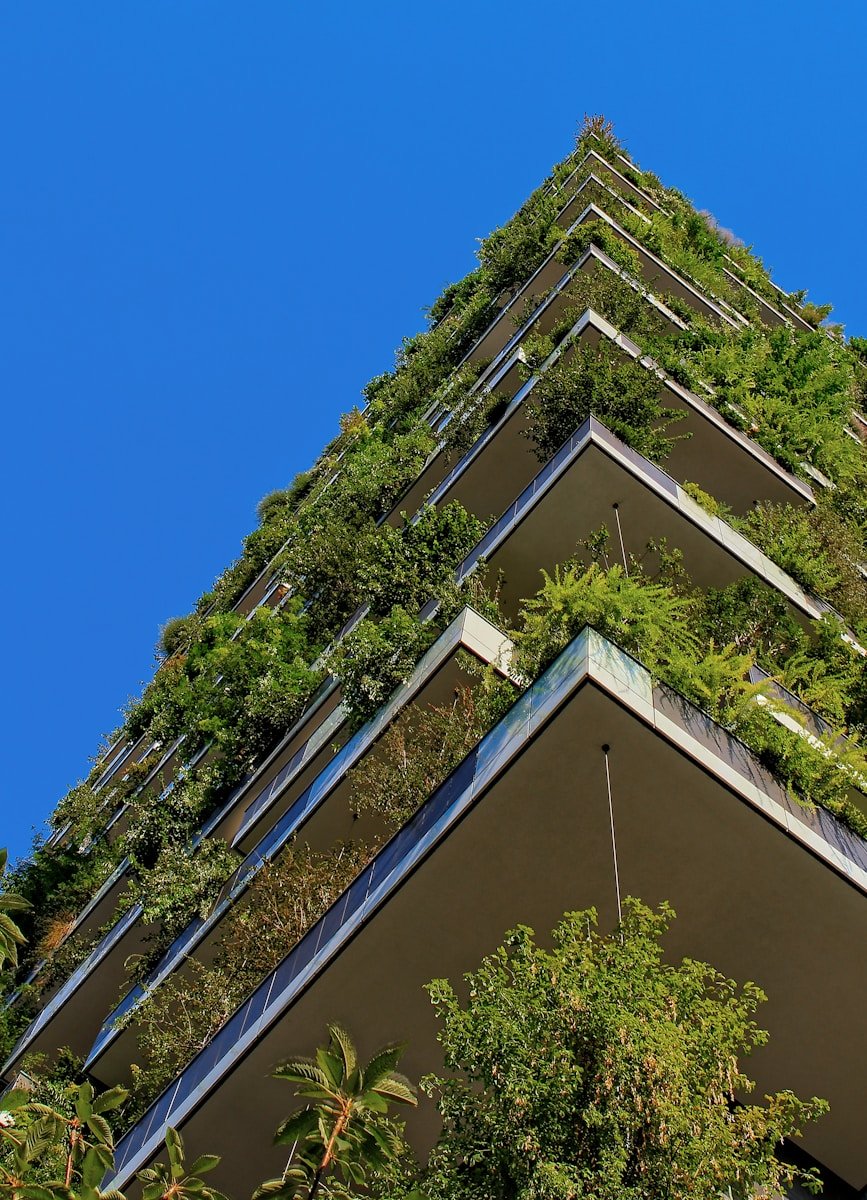Gardening is an ever-evolving art form that reflects our growing understanding of nature, sustainability, and aesthetics. As we move into 2024, staying updated on garden trends is more crucial than ever for gardeners who wish to keep their spaces vibrant, eco-friendly, and cutting-edge. This year promises a blend of innovation and tradition, focusing on sustainability, technology, and holistic well-being.
In this blog post, we’ll explore the top five garden trends projected for 2024, offering practical tips for their implementation. We’ll also share real-life testimonials from gardeners who are pioneering these trends and discuss their environmental impact. Let’s dive in and see how you can transform your garden into a modern paradise.
Top 5 Garden Trends Projected for 2024
- Sustainable Gardening Practices
- Smart Gardens & Technology Integration
- Edible Landscapes
- Wildlife-Friendly Gardens
- Minimalist Zen Gardens
1. Sustainable Gardening Practices
Sustainability continues to be at the forefront of gardening trends. Gardeners are increasingly aware of their environmental footprint and are seeking ways to garden more responsibly.
Practical Tips:
- Composting: Start a compost bin to recycle kitchen scraps and garden waste.
- Water Conservation: Install rain barrels and use drip irrigation systems to reduce water usage.
- Native Plants: Opt for native plant species that require less water and care, and support local ecosystems.
Case Study: Jane from Oregon transformed her garden into a sustainable haven by incorporating a compost system and switching to native plants. She saw a significant decrease in water usage and an increase in local wildlife.
2. Smart Gardens & Technology Integration
The integration of technology into gardening is revolutionizing how we interact with our green spaces. Smart gardens use devices and applications to monitor and manage plant health, irrigation, and even pest control.
Practical Tips:
- Smart Irrigation: Use smart irrigation controllers to optimize watering schedules based on weather conditions.
- Plant Sensors: Deploy soil sensors to monitor moisture levels and nutrient content.
- Automated Lighting: Install automated grow lights to ensure your plants receive optimal light, especially during darker months.
Case Study: Mark from California uses a combination of smart irrigation and plant sensors to maintain his garden. His plants are thriving, and he’s noticed a reduction in water waste.
3. Edible Landscapes
Edible landscapes, where ornamental and edible plants coexist, are gaining popularity. This trend not only enhances the beauty of your garden but also provides fresh produce.
Practical Tips:
- Herb Borders: Plant herbs like basil, thyme, and rosemary along garden borders.
- Fruit Trees: Integrate dwarf fruit trees into your landscape for both aesthetic and edible benefits.
- Vertical Gardens: Use trellises and vertical planters to grow vegetables like tomatoes and cucumbers.
Case Study: Lisa from New York City turned her small urban garden into an edible oasis by incorporating vertical gardens and herb borders. She now enjoys fresh produce without leaving her home.
4. Wildlife-Friendly Gardens
Creating a garden that supports local wildlife is a rewarding trend for 2024. These gardens provide habitats and food sources for birds, bees, butterflies, and other beneficial creatures.
Practical Tips:
- Pollinator Plants: Include plants like lavender, echinacea, and milkweed to attract pollinators.
- Water Features: Add birdbaths or small ponds to provide water for wildlife.
- Shelter: Build birdhouses, bat boxes, and insect hotels to offer shelter.
Case Study: Tom from Texas turned his backyard into a wildlife sanctuary by planting pollinator-friendly plants and adding water features. He now enjoys watching a variety of birds and insects visit his garden.
5. Minimalist Zen Gardens
Minimalist Zen gardens emphasize simplicity, tranquility, and mindfulness. These gardens often feature clean lines, rock formations, and a limited plant palette.
Practical Tips:
- Raked Gravel: Create patterns in gravel or sand to represent water and add a sense of calm.
- Bonsai Trees: Incorporate Bonsai trees for a touch of traditional Zen aesthetics.
- Water Elements: Use small fountains or ponds to add a soothing auditory element.
Case Study: Emily from Washington designed a minimalist Zen garden in her backyard. She used raked gravel, strategically placed rocks, and Bonsai trees to create a peaceful retreat.
Environmental Impact and Sustainability of These Trends
The 2024 garden trends emphasize sustainability and environmental responsibility. By adopting these practices, gardeners can:
- Reduce Waste: Composting and using native plants help minimize waste.
- Conserve Water: Smart irrigation systems and drought-resistant plants reduce water consumption.
- Support Biodiversity: Wildlife-friendly gardens provide essential habitats for various species.
These trends not only enhance the beauty and functionality of gardens but also contribute positively to the environment.
As we look forward to 2024, these garden trends offer exciting opportunities to innovate and improve our green spaces. Whether you’re interested in sustainability, technology, or creating a serene retreat, there’s something for every gardener to explore.
We’d love to hear your thoughts and experiences with these trends. Have you already adopted any of these practices? Share your stories in the comments below. And if you want to stay updated with the latest gardening tips and trends, sign up for our newsletter!
Happy gardening! 🌿

